The History of Hair: How Styles Have Evolved Through the Ages
Hair is one of the most visible aspects of human appearance, and throughout history, it has been a powerful form of expression, identity, and social status. The evolution of hairstyles reflects cultural shifts, technological advancements, and social changes, making it an intriguing lens through which to understand the past. Let’s take a journey through the ages, examining how hair has been styled, adorned, and transformed across different cultures and periods.
Ancient Civilizations: Hair as a Status Symbol
In ancient Egypt, hairstyle was a clear indicator of social class. Both men and women wore elaborate hairstyles adorned with accessories like beads and gold pieces. The wealthy often shaved their heads and wore wigs made from human or animal hair, intricately styled to signify their status.
In ancient Greece, hair was equally important. Women typically wore their hair long and styled in elaborate updos, often embellished with ribbons or jewelry. Meanwhile, men favored shorter styles, and the use of products like oils and powders was widespread to maintain luster and shape.
The Middle Ages: Modesty and Complexity
As Europe entered the Middle Ages, hairstyles began to reflect religious and societal norms. Women’s hair was often kept long but concealed under veils or caps as a sign of modesty. The high forehead became fashionable, leading to the practice of plucking back hairlines. Men’s hairstyles varied from long and flowing to short and pragmatic, depending on the region and status.
By the late Middle Ages, styles became more complex, with braids, buns, and accessories amplifying the intricacies of hairdressing. The introduction of the first combs and hairstyling tools also played a role in shaping hair practices.
The Renaissance and Baroque Eras: Extravagance Takes Center Stage
The Renaissance brought a revival of interest in the arts and human beauty, leading to extravagant hairstyles that were often symbols of wealth and creativity. Women’s hair became elaborate, with towering styles featuring curls and decoration. In contrast, men wore their hair longer and often curled, with the introduction of the ‘periwig’ becoming a notable trend.
The Baroque period saw even more extravagance, with both men and women adopting elaborate wigs. These were often powdered and adorned with flowers, ribbons, and jewels, serving not just as fashion statements but also reflections of political power and influence.
The 18th and 19th Centuries: Revolution and Reform
The 18th century witnessed significant transformations influenced by the French Revolution. Styles became more practical, leading to the decline of elaborate wigs in favor of natural hair. The transition was marked by varying styles, from the classic “updo” to the more casual look that emerged by the late 19th century.
In the Victorian era, women’s hairstyles continued to evolve, with the introduction of curling irons and hairpieces. The ‘Gibson Girl’ look became the epitome of feminine beauty, characterized by soft, flowing tresses that exuded a sense of elegance and independence.
The 20th Century: A Time of Revolutions
The 20th century was marked by dramatic shifts in societal norms and values, reflected in the hairstyles of the times. The Roaring Twenties saw flapper styles that dismissed traditional notions of femininity, with women embracing shorter bobs and daring cuts.
The 1960s and 70s brought forth the counterculture movement, leading to the embrace of natural textures, long flowing hair, and iconic styles like the afro. Punk and new wave in the 1980s further pushed boundaries with bright colors and avant-garde shapes.
By the end of the century, the advent of technology and globalization influenced hair trends. The rise of supermodels and celebrities established a more diverse range of styles as influences came from all corners of the globe.
The 21st Century: Individuality and Diversity
Today, hair continues to be a canvas for self-expression. The 21st century embraces individuality, with a wide variety of styles reflecting diverse cultural heritage and personal expression. Social media platforms amplify trends at lightning speed, bringing styles into global awareness, from natural curls to vibrant colors and edgy cuts.
Hairstyle trends now celebrate inclusivity, with movements promoting the beauty of natural textures and lengths. Additionally, hair health and sustainable practices are becoming increasingly important as consumers seek products that are kind to both their locks and the environment.
Conclusion
The history of hair is a dynamic tapestry that intertwines culture, societal norms, and individual creativity. From the intricate styles of ancient civilizations to the diverse expressions of today, hair has evolved into a powerful symbol of identity and personal choice. As we continue to navigate changing landscapes in fashion and society, it’s fascinating to consider what the future holds for this age-old form of expression. Whether a bold statement or a subtle expression of self, hair will undoubtedly remain a significant element of human experience for generations to come.
[modern_footnote_source_link]

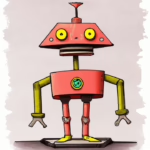


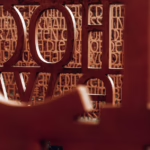



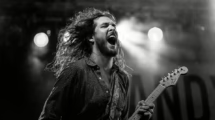
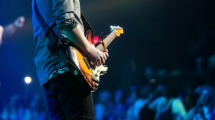




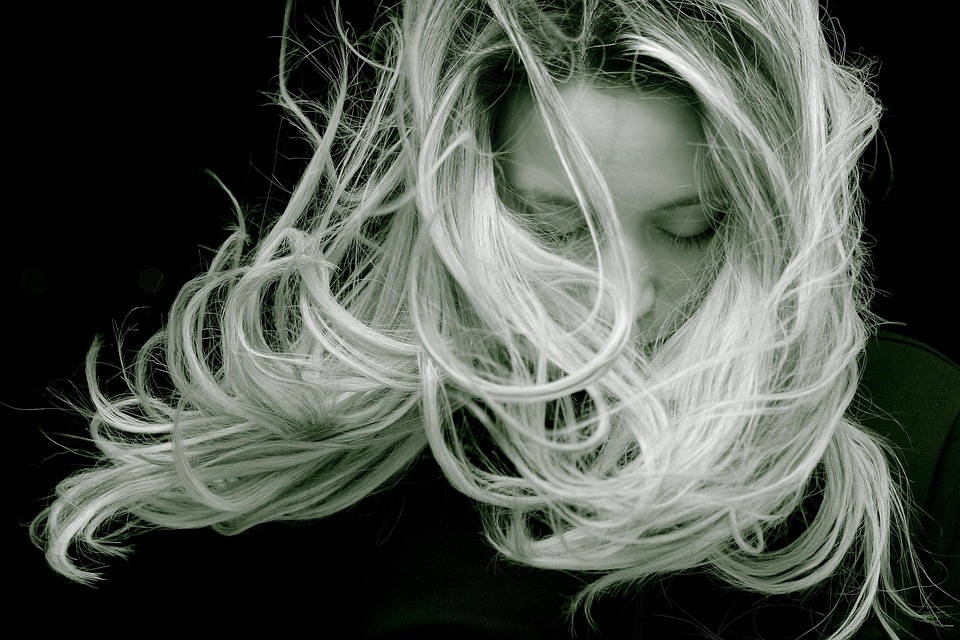

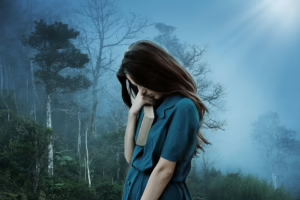
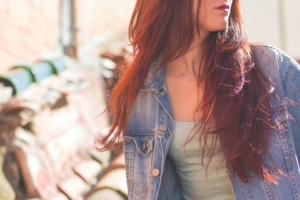
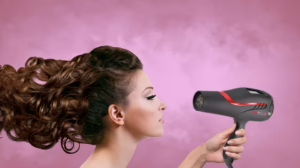
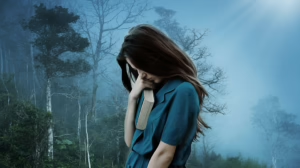
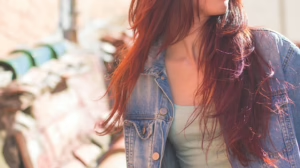




Add Comment